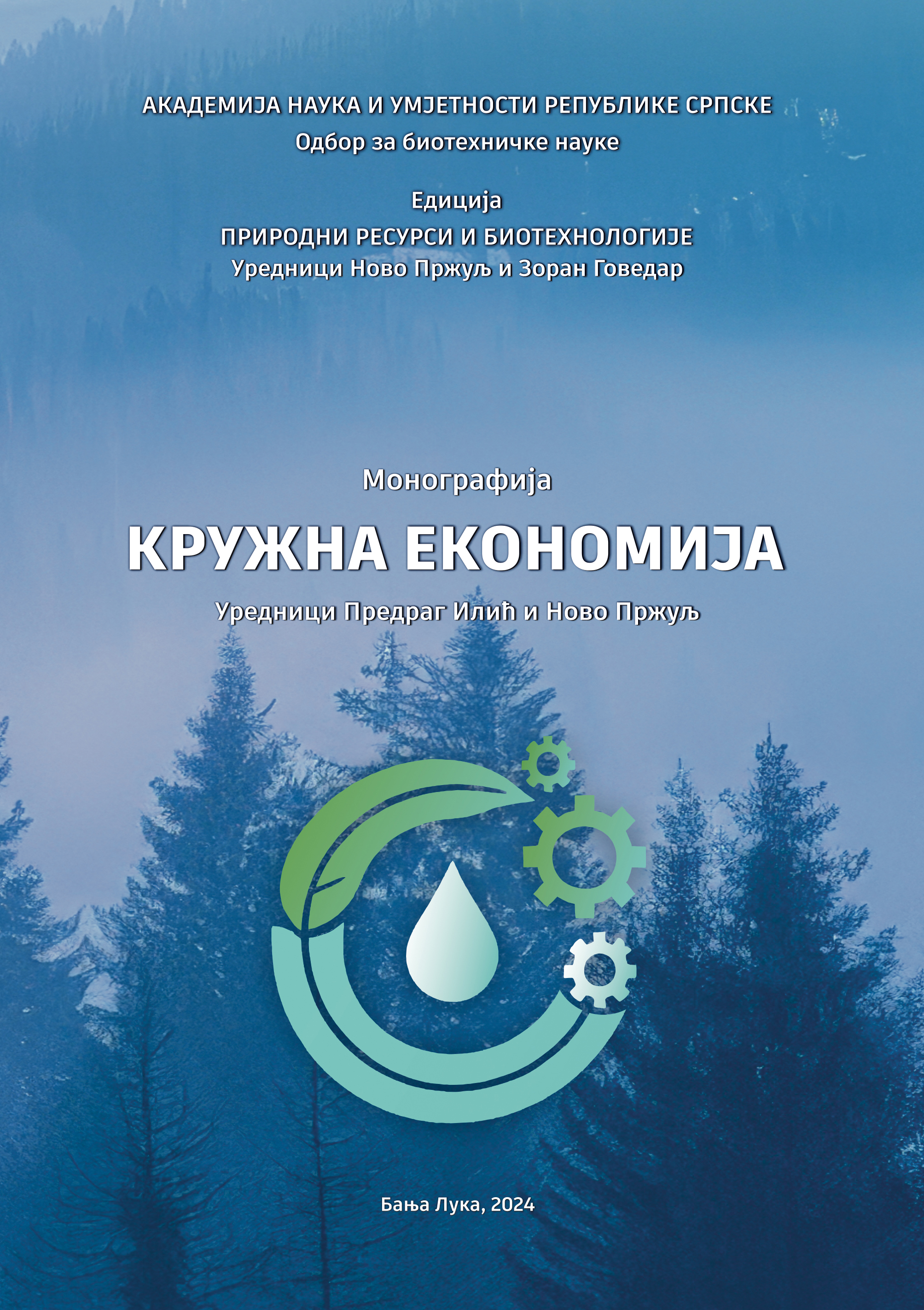Microplastics in the Environment and the Circular Economy
DOI:
https://doi.org/10.7251/PRB2401247MKeywords:
Microplastics, EU Regulations, Circular EconomyAbstract
The use of plastic items and synthetic textile fibers in everyday life is the cause of plastic waste and microplastics (microfibers) in the environment, which is a consequence of the application of a linear economy (material flow). The transition from a linear to a circular economy is considered a cornerstone in ensuring a more sustainable future for the consumption of plastics and textiles, with a focus on keeping materials in the value chain for as long as possible and reducing the pressure of microplastics on the environment. To address this problem, efforts are needed in innovation in design, extended producer responsibility, usage, recycling, and better waste management. In 2024, the EU adopted a series of measures and regulations to reduce microplastics in the environment. Comprehensive measures are needed to prevent and reduce microplastics in the environment, from innovation in technology, design, and production of products to their use. It is necessary to improve waste management, develop sustainable alternatives to plastic, and work on innovation and product design to protect the environment and human health.
